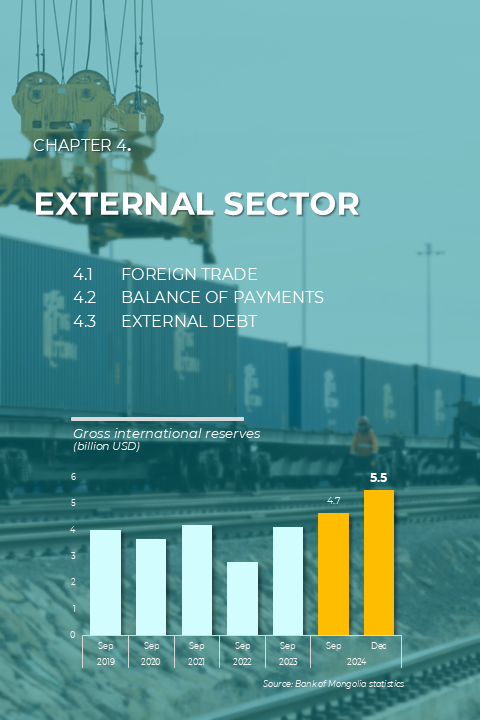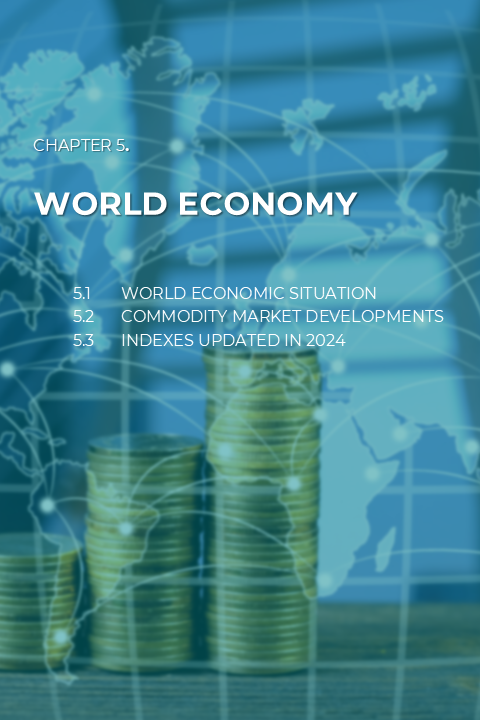MACROECONOMIC REPORT 2024Q3
The mining, trade and service sectors were key drivers of economic growth. The economy grew by 5.0 percent in the first three quarters of 2024, fueled by higher production of coal, iron ore, and copper concentrate, and sustained growth in the trade and service sectors. However, the decline in agricultural output due to unfavorable weather conditions continued to dampen overall growth. Growth in employment and accumulation of capital stock in the mining sector boosted potential output growth to 4 percent, and negative output gaps in both mining and non-mining sectors have closed.
On the demand side, growth was supported by consumption and investment. Domestic demand remained strong, driven by higher household consumption supported by rising wages and social benefits, as well as increased public consumption due to higher government spending. Capital formation also expanded, reflecting a rise in stocks of machinery and equipment. However, imports surged as demand for both consumption and investment rose.
Inflation remained within the central bank’s target band. Inflation stood at 6.7 percent in September 2024, remaining within the central bank target range. Inflation for domestic goods and services exhibited an upward trend, whereas import inflation remained stable. Demand-driven inflation rose reflecting resilient economic activity, while supply-driven inflation accelerated as meat prices increased at a faster pace than in previous years. The central bank lowered policy rate by 3 percentage points in 2024. Credit growth reached a 10-year high at the end of the third quarter of 2024, contributing to the increase in the money supply.
The budget balance recorded a surplus of MNT 2.5 trillion in the first three quarters of 2024. Budget revenue grew by 28.9 percent, driven by higher income and value-added tax revenues, despite the decline in coal prices putting pressure on royalty revenues. Budget expenditures surged by 34.4 percent mainly reflecting public sector wage hike aimed at improving social security for public employees and working conditions in rural areas. The government nominal debt-to-GDP ratio increased to 38.9 percent at the end of the third quarter of 2024. However, the government debt burden is expected to increase in the medium term due to bonds issued by the capital city in both domestic and international markets.
 APPENDIX APPENDIX |
|---|
Chapter 1. REAL SECTOR
The trade, service, and mining sectors were the main drivers of growth. On the demand side, growth was primarily fueled by strong consumption, supported by higher real incomes and improved employment. However, high import growth, driven by increased demand for consumption and investment, had a negative impact on overall growth. Meanwhile, growth in employment and the accumulation of capital stock in the mining sector contributed to boosting potential output.
Chapter 2. FISCAL SECTOR
The budget balance recorded a surplus of MNT 2.5 trillion in the first three quarters of 2024, reflecting robust economic activity and increased export volumes of mining products. However, the decline in coal prices is putting pressure on royalty revenues.
Capital expenditure in the 2024 Budget was increased by MNT 1.8 trillion, or 11.4 percent, compared to the initially approved amount, reflecting the newly formed coalition government's focus on addressing key development challenges outlined in long- and medium-term policy documents.
The government nominal debt-to-GDP ratio increased to 38.9 percent at the end of the third quarter of 2024. However, the government debt burden is expected to increase in the medium-term due to bonds issued by the Capital city in both domestic and international markets.
Chapter 3. MONETARY SECTOR
Inflation stood at 6.7 percent in September 2024, remaining within the central bank target range. Inflation for domestic goods and services exhibited an upward trend, reflecting resilient economic activity, whereas import inflation remained stable. Credit growth reached a 10-year high, contributing to the increase in the money supply. Given the current rapid credit growth and fiscal expansion, lowering the policy rate to 10 percent could potentially increase demand-side inflationary pressures.
Chapter 4. EXTERNAL SECTOR
Although the export volumes of key mining products such as coal, copper concentrate, and iron ore increased, the decline in coal prices limited the growth of export revenues. Imports of investment and consumer goods remained high, reflecting expansion in economic activity. The annual growth of international reserves slowed in the third quarter of 2024, and the nominal effective exchange rate depreciated due to increased import growth and payments related to the central bank's swap agreements.
Chapter 5. WORLD ECONOMY
While the service sector continued to perform strongly in both advanced and emerging markets, the industrial sector remained weak in advanced countries. Major central banks lowered policy rates in response to the disinflationary trend. Chinese economic growth slowed in the third quarter of 2024, falling short of the government’s target for the year.


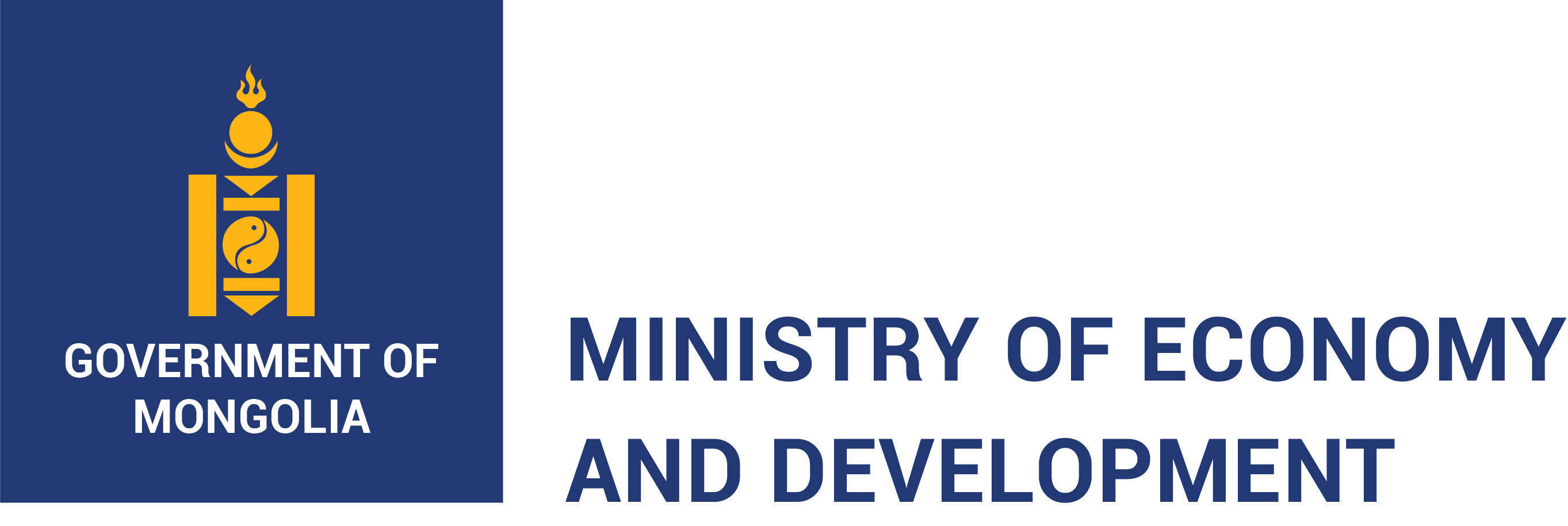
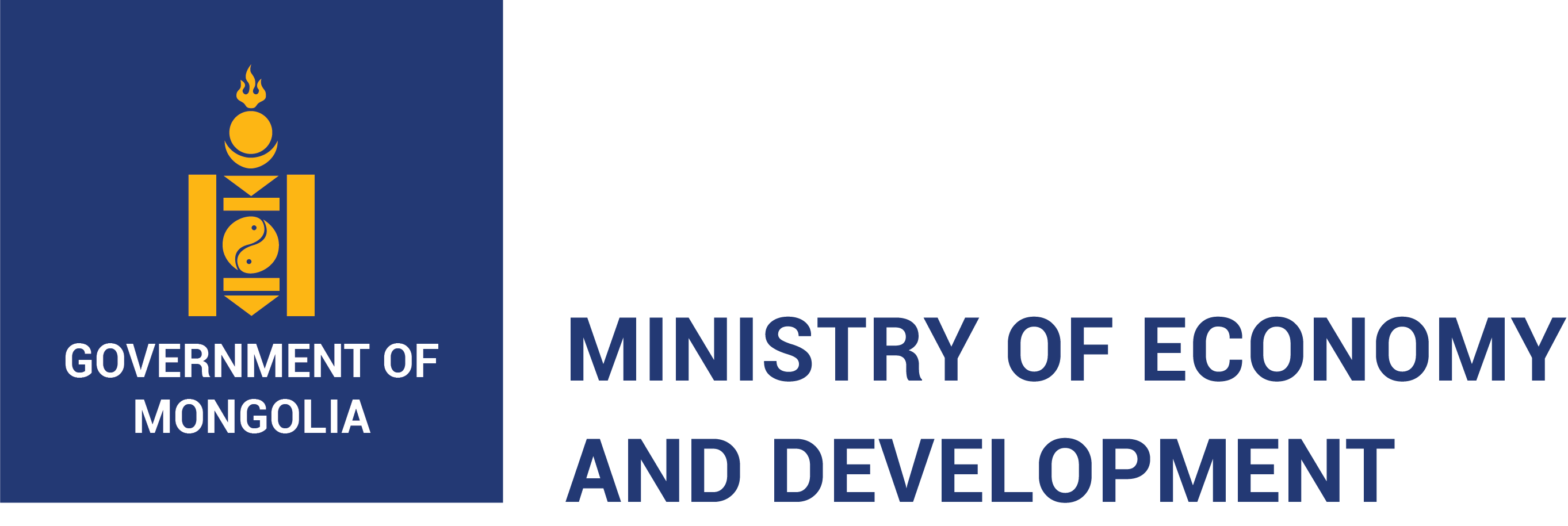
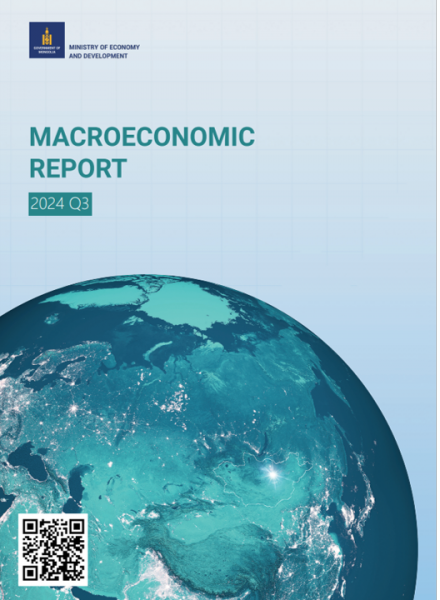
.PNG)
.PNG)
.PNG)
